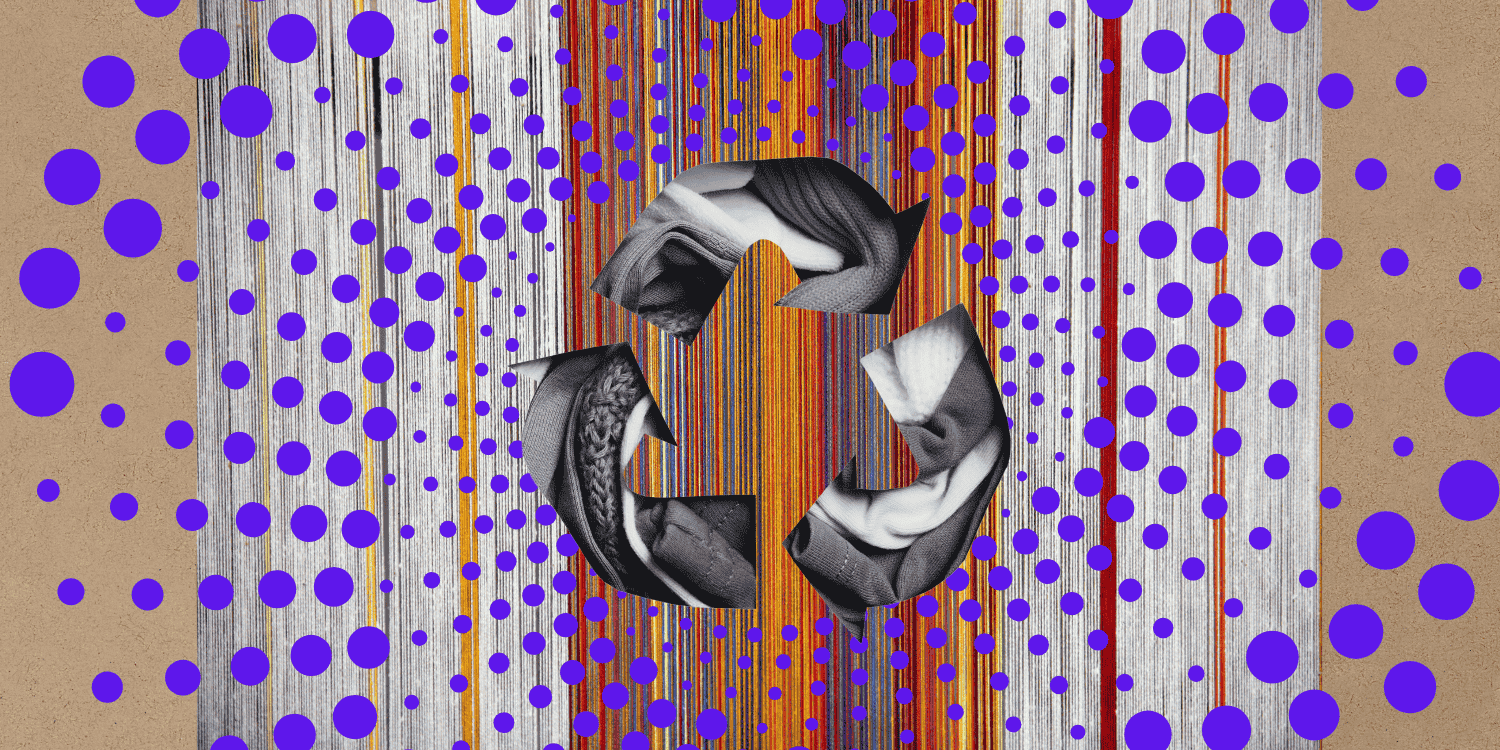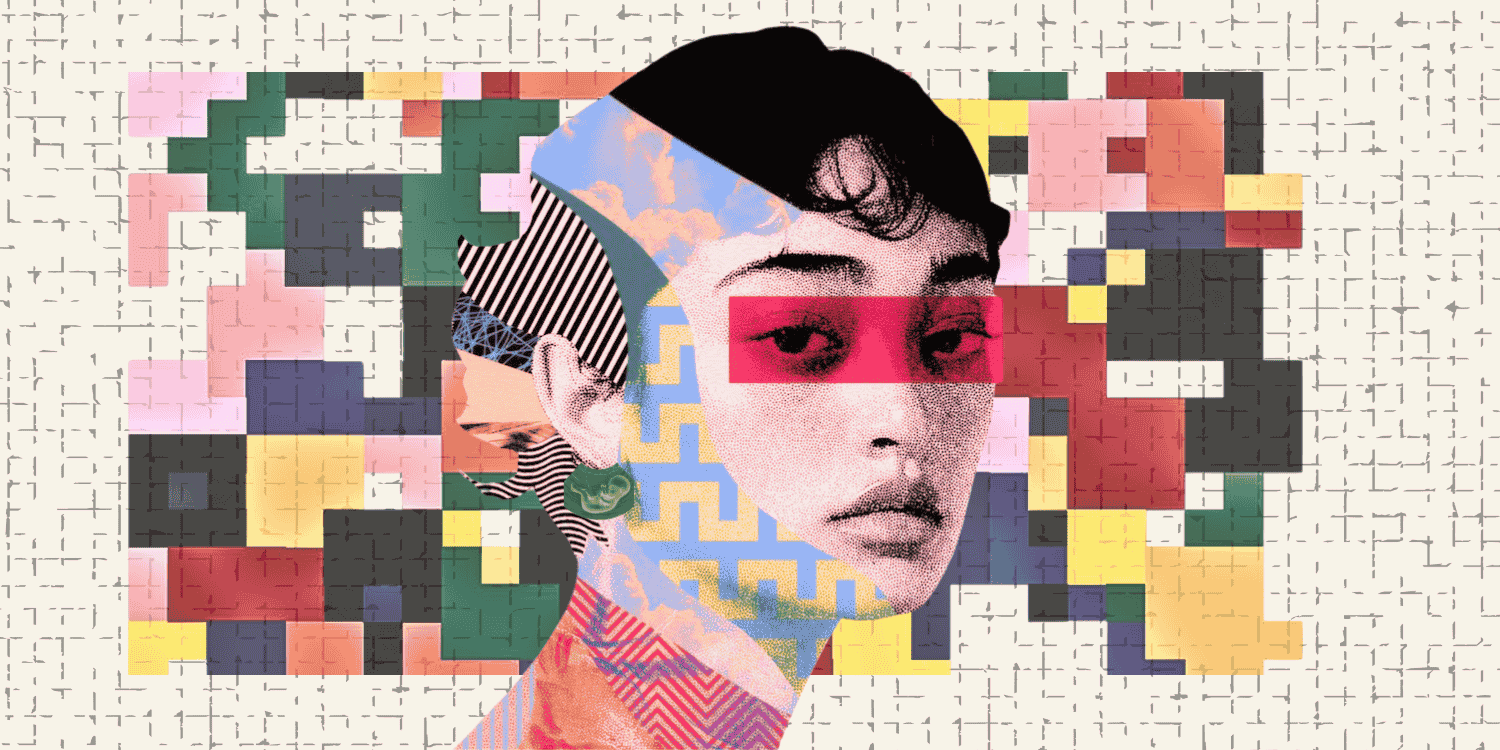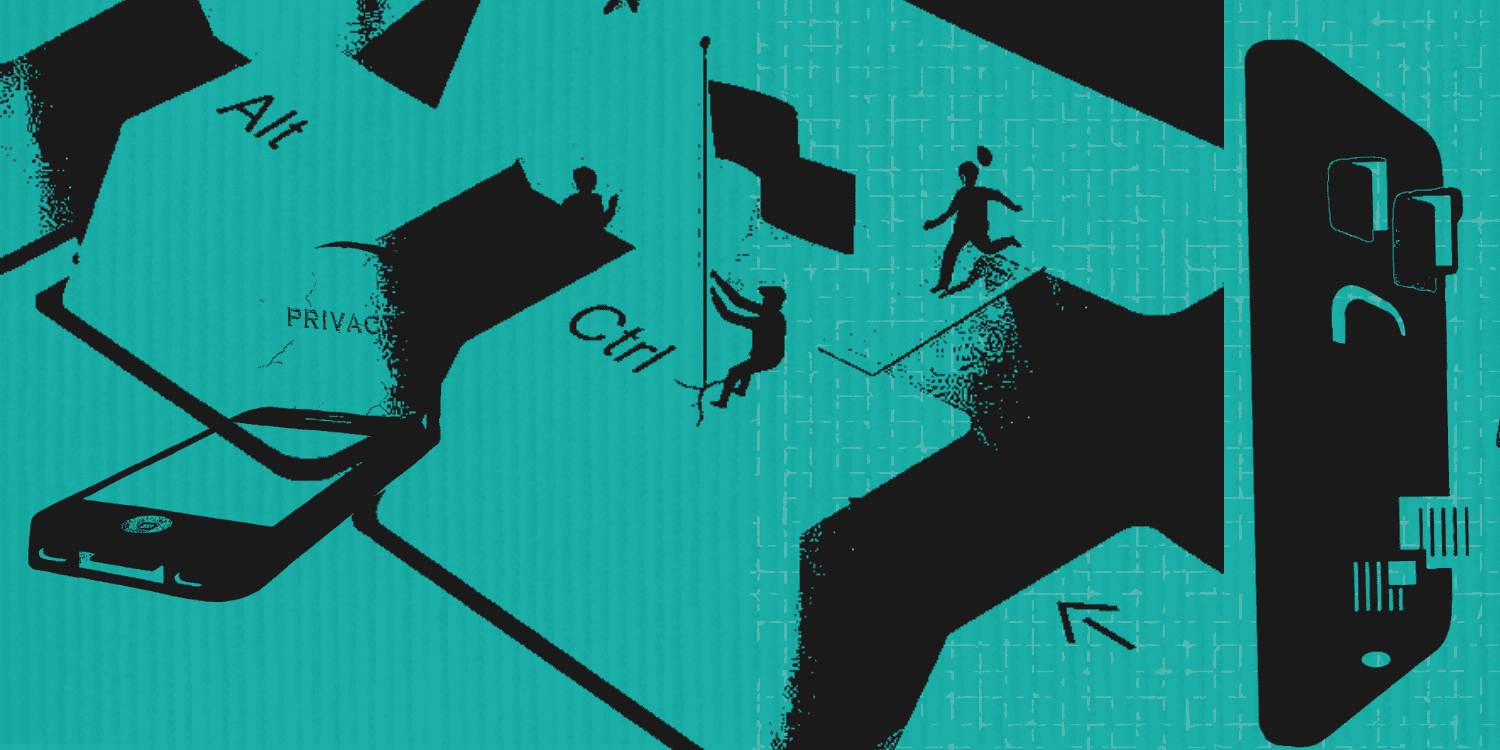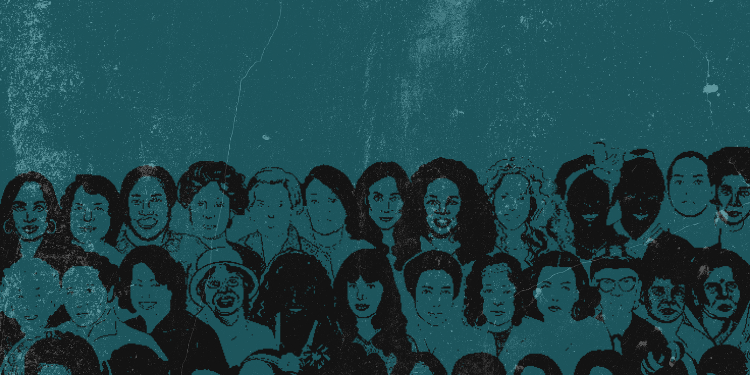Authored by: Smridhi Khanna
UNIVERSAL BASIC INCOME (UBI) gained massive traction in India towards the end of 2018. As an idea, it rests on three principles or hallmarks:
Universality – Is applicable to all citizens of a region, area, state, or country
Unconditionality – Is not subject to any conditions such as employment status, gender, social status, race, or religion
Agency – Is provided in the form of cash transfers to respect the recipients’ choice
India, however, is experimenting with new, multiple variations of UBI schemes to suit its 133 crore-strong (1.33 billion) population. The intention behind most such schemes in India is to reduce poverty and tackle economic distress by delivering money to the poor. Such cash transfer schemes are unique as they aim to respect the recipient’s choice to use the money as needed, rather than offering in-kind transfers to nudge them in the “right” direction or dictating how money should be used. As India begins to experiment with UBI, here is a short SWOT analysis that it should consider.
STRENGHTS
Aims to uplift individuals from poverty: According to the World Bank (World Bank, n.d.)[1], 21% of India lives under $1.9-a-day poverty measure (approximately ₹133 per day). Additionally, India accounts for one in three persons suffering from extreme poverty in the world. UBI rests on the idea that each individual should be provided a minimum income which they can use as per their will and that helps them acquire materials necessary to live with dignity. By providing cash to individuals on a monthly basis, UBI aims to bring people above the poverty line, fulfilling their psychological needs (food, water) and gradually moving up Maslow’s hierarchy of needs.
Empowers individuals to focus on development opportunities rather than making ends meet: One of the compelling arguments in support of UBI is its ability to support individual needs by a steady source of income. Providing individuals with a basic income enables them to focus time and money on development opportunities to hone skills that will lead to a better quality of life.
Boosts financial inclusion: India has the world’s highest share of inactive bank accounts. 48% of all the bank accounts in India were not used for any transactions in 2017 alone (Anand 2018) [2]. While the Prime Minister’s Jan Dhan Yojana (PMJDY) opened 31.2 crore (312 million) new bank accounts (Press Information Bureau 2018) [3] and linked them to the country’s formal banking system, 19% of them remain inactive. UBI has the potential to fix this challenge as it transfers cash directly to individual’s bank account, urging recipients to use banking services and its benefits.
Re-emphasises freedom and choice: UBI rests on the principle that individuals should be given the choice to use money the way they desire. This emphasizes on the spirit of freedom and choice. Additionally, ensuring a guaranteed income eases the daily stress of making ends meet.
WEAKNESSES
Impacts India’s GDP: Providing all individuals with roughly ₹1180 (approximately $156) or the poverty line-equivalent income per month for each individual would cost around ₹19 trillion (approximately $266 billion) or 11.4% of India’s gross domestic product (GDP) (Kundu 2019) [4]. This implies that UBI as a scheme would alone use more than 50% of the government’s revenues including central taxes (assuming other schemes and subsidies remain as is).
Reduces incentives to work: A major cause of concern for many economists is that a fixed, guaranteed income to all individuals may develop a lax, laid-back attitude where they do not wish to work or look for employment opportunities.
Relies on existing infrastructure and technology: While UBI aims to promise greater financial inclusion, it rests on the premise that banks and financial institutions are readily accessible to individuals. However, official data shows that only 27% of villages in India have a bank branch within a 5 km radius making accessibility a major issue (Deloitte 2016: 15) [5].
Spends on wasteful activities: Disposable income often causes individuals to use money on wasteful activities such as cigarettes, alcohol, card games etc.
[…] cash transfer schemes are unique as they aim to respect the recipient’s choice to use the money as needed, rather than offering in-kind transfers to nudge them in the “right” direction or dictating how money should be used.
OPPOTUNITIES
Improves social economic justice and promotes income equality: India is one of the world’s most unequal countries in terms of income. Recent research shows that the top 1% of India’s rich hold more than 70% of the country’s wealth (PTI 2017) [6]. Through UBI, India has the potential to reduce this divide (largely dependent on how the scheme is funded and the related conditions). By taxing the rich more and providing cash benefits to the poor, India can improve such an income divide. By adopting schemes like the UBI, India has the potential to improve its social economic standing in the world and be looked upon as a just, equal country.
THREATS
Adherence to international standards: India’s poverty line revision in 2016 to ₹32 (approximately $0.45) a day in rural areas and ₹47 (approximately $0.66) a day in urban areas received massive criticism from economists around the world (Choudhury 2015) [7]. A major concern for India as it decides to implement UBI is to decide the monthly, guarantee amount that not only helps reduce poverty statistically but also one that helps its poor and adheres to internationally recognised poverty line standards.
State governments began launching schemes in support of UBI recently. For example, the Farmers’ Investment Support Scheme (FISS) (also known as Rythu Bandhu) of Telangana aims to support cultivators with ₹4000 (approximately $56) per acre per cultivation season (Government of Telangana, n.d.) [8]. Unlike most existing farmer support schemes that subsidise agricultural inputs such as seeds or fertilizers, Rythu Bandhu transfers cash directly to the farmer’s bank account (irrespective of the crop being produced and its quality). Madhya Pradesh decided to follow suit by launching its own Rythu Bandhu scheme in January 2019. Sikkim on the other hand announced the inclusion of UBI as part of its manifesto, ahead of the Assembly elections later in 2019 (Mathew 2019) [9]. Though Rythu Bandhu fails to adhere to all the three hallmarks of UBI in true spirit, it does fully conform to the agency principle, making it a new phenomenon for India.
As India continues its tryst with welfare schemes for the poor and marginalised, UBI’s value proposition for the poor and needy and its universal applicability shall remain a hotly debatable topic. It is still important to remember, however, that for a nation-state as diverse as India, UBI holds tremendous potential in benefiting millions of lives.
Feature Image Credit: Nithi Anand, Flickr Creative Commons.
The research undertaken and opinions expressed in this article are solely the author’s and do not express or endorse SPRF’s beliefs, values, and position on the matter.
Smridhi Khanna, Guest Author.
ENDNOTES:
[1] World Bank (n.d.)., “Poverty and Equity Data Portal, India”. http://povertydata.worldbank.org/poverty/country/IND
[2] Anand, Nupur. (2018), “Nearly half of Indian bank accounts are rarely used” Quartz India, April 24, 2018. https://qz.com/india/1260139/india-has-the-highest-number-of-inactive-bank-accounts-in-the-world/
[3] Press Information Bureau. (2018), “31.20 crore accounts opened under Pradhan Mantri Jan-Dhan Yojana (PMJDY) with aggregate deposit balances Rs. 75,572.09 crore as on 28.2.2018” Press Information Bureau, March 22, 2018. http://pib.nic.in/newsite/PrintRelease.aspx?relid=177851
[4] Kundu, Tadit. (2019), “Is India ready for a universal basic income?” Livemint, January 19, 2019. https://www.livemint.com/Politics/l40F9KWaIychh1ViPtDRFM/Universal-Basic-Income-vs-Farm-Loan-Waivers-in-India.html
[5] Deloitte, (2016), Digital: A revolution in the making in India, Deloitte. https://www2.deloitte.com/content/dam/Deloitte/in/Documents/technology-media-telecommunications/in-tmt-digital-revolution-in-making-cii-noexp.pdf
[6] PTI. (2017), “Richest 1% own 58% of total wealth in India: Oxfam” The Hindu, January 17, 2017. https://www.thehindu.com/business/Economy/Richest-1-own-58-of-total-wealth-in-India-Oxfam/article17044486.ece
[7] Choudhury, Gaurav. (2015), “Demystifying India’s poverty line: Here’s everything you need to know” Hindustan Times, May 6, 2015. https://www.hindustantimes.com/business/demystifying-india-s-poverty-line-here-s-everything-you-need-to-know/story-43vy1sQ7LrCZuezTakDnkM.html
[8] Government of Telangana. (n.d.). “Rythu Bandu.” Accessed February 10, 2019. http://rythubandhu.telangana.gov.in/
[9] Mathew, Liz. (2019), “Sikkim says it will become first state to roll out Universal Basic Income”, Indian Express, January 11, 2019. https://indianexpress.com/article/india/sikkim-says-it-will-become-first-state-to-roll-out-universal-basic-income-5531093/




